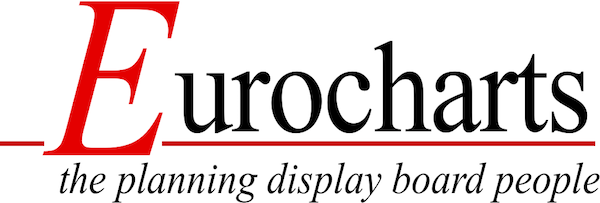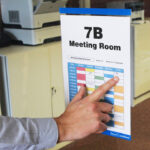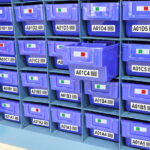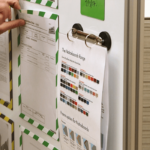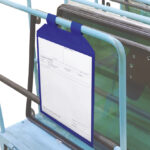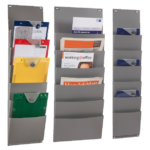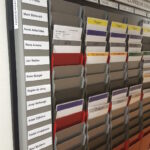Eurocharts Blog
Manual Planning Systems and Visualisation Boards in 2023?
Surely they disappeared years ago..?
Really? – I remember the same claims for truly paperless offices. Have you seen any? – I know I haven’t come across many. You are probably not even aware of how many manual planning and visualisation systems are in daily use. They remain popular, they have simply been adapted to meet today’s business and workplace demands.
This applies to both the largest and smallest computer system dominated organisations, here in the UK and around the world.
Not convinced? – let’s take a walk around a typical business.
- The Office – do you see whiteboards, year planners, holiday charts and post-it notes stuck onto screens and walls?
All forms of manual planning & visualisation
- Management Departments – do you see Noticeboards with paper planning schedules, printed whiteboards detailing production runs, document racks storing job card information?
All forms of manual planning & visualisation
- Marketing and Planning sections – have you seen the brown paper and poster sheet covered walls and coloured post-it note method of displaying the many changeable plans and ideas.
All forms of planning & visualisation
- The Production office – view the Kanban ‘just in time’ scheduling board, workshop boards, stock cards and document pockets, holders, and racks.
All forms of planning & visualisation
- The Factory Floor – the home of Lean management and Continuous Improvement Systems – communication and feedback display board information centres, the visualisation of job planning and production schedules.
All forms of planning & visualisation
- The Warehouse – a vital area of Kanban and FiFo operation. Kanban & FiFo systems combined with warehouse visualisation equipment, operate stock management, loading and storage bay identification, health & safety operations and loading schedules
All forms of planning & visualisation
Surprised?
Take a look at the Eurocharts product ranges and see how your operations may be enhanced by the use of modern planning and visualisation tools
